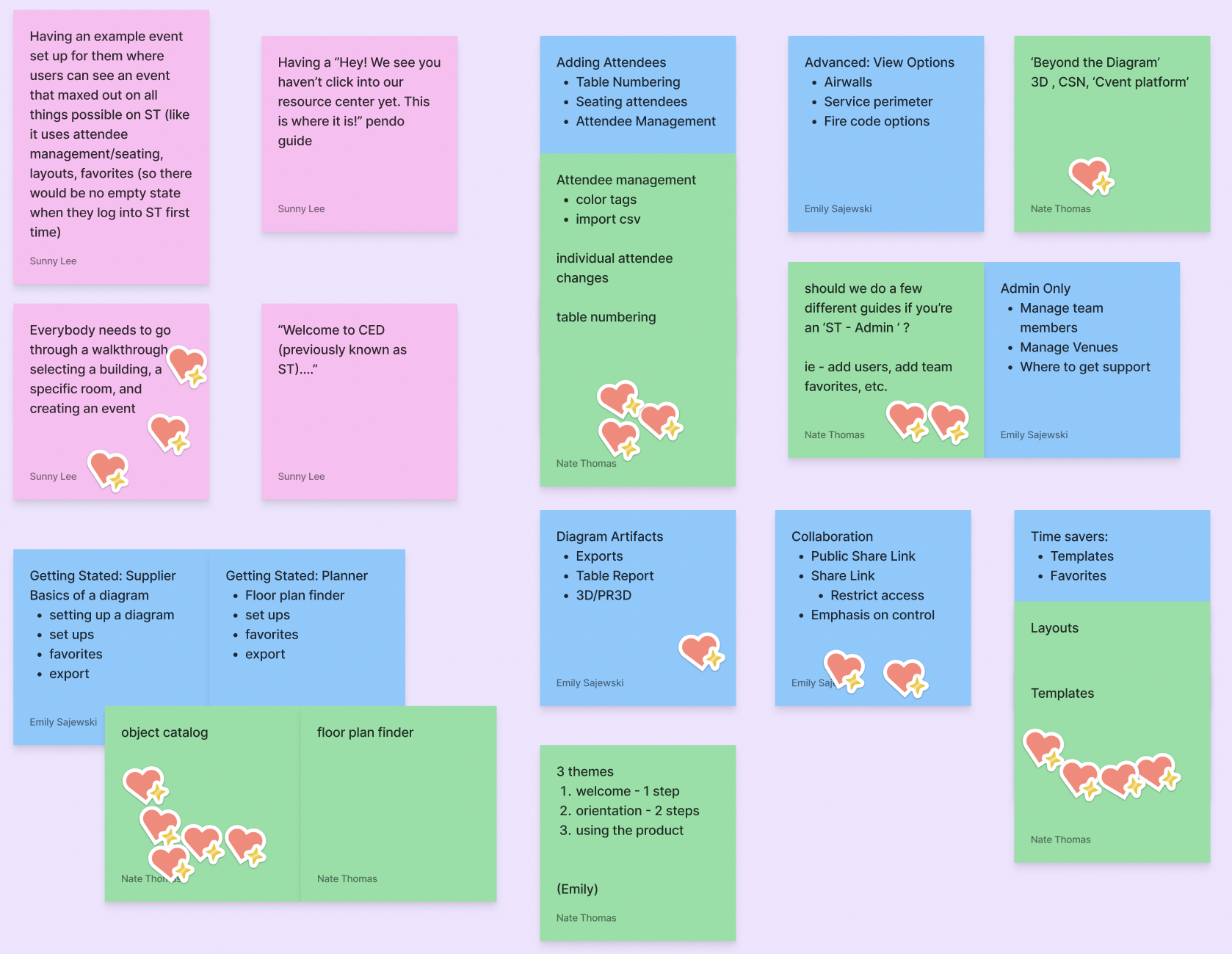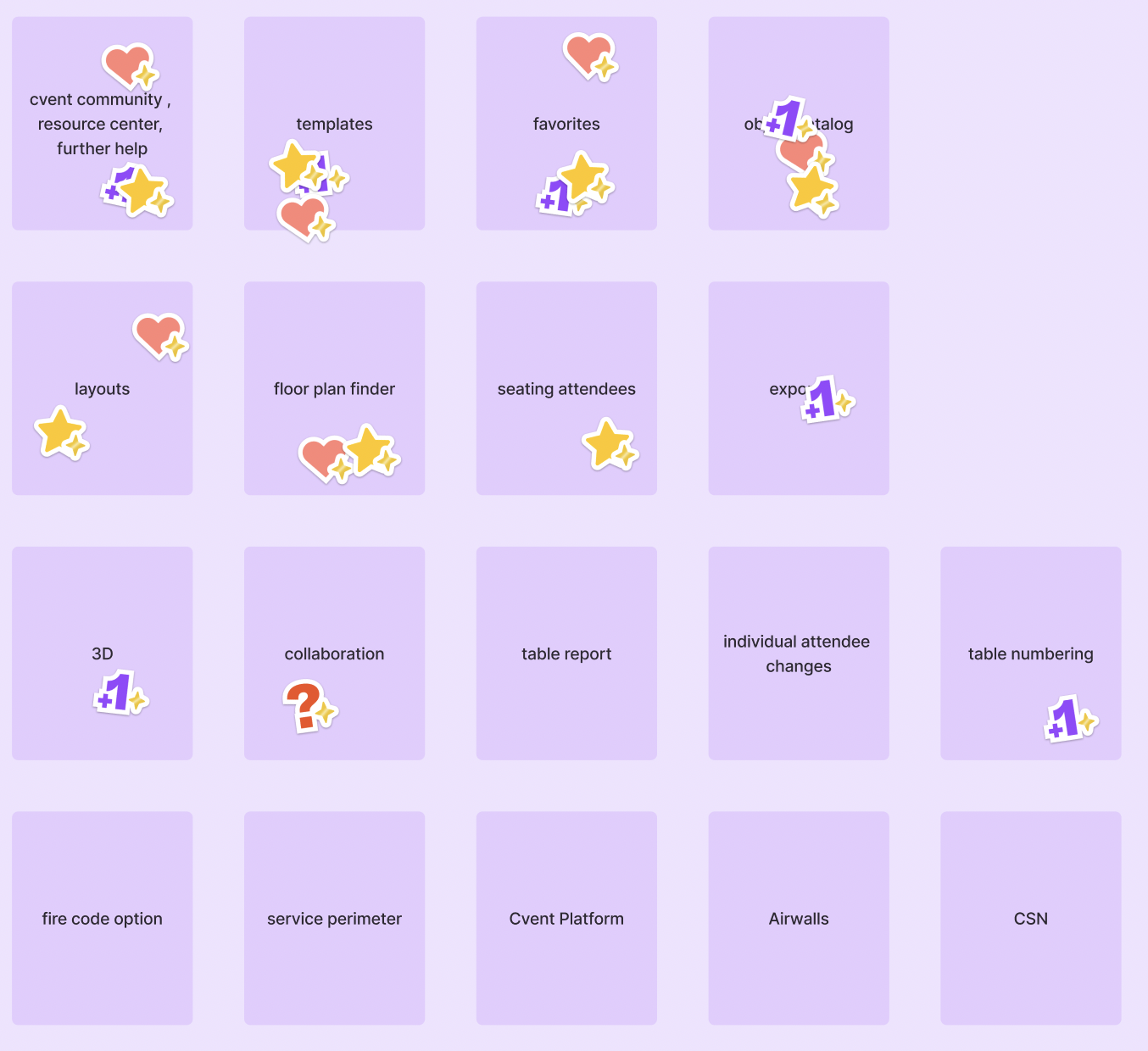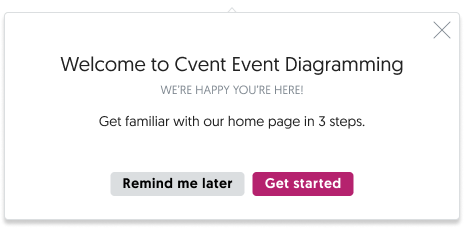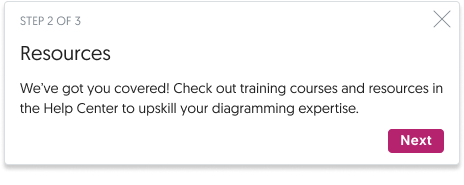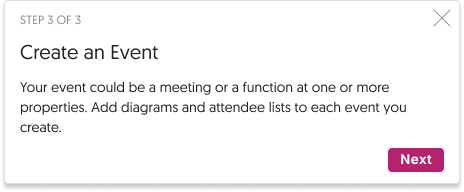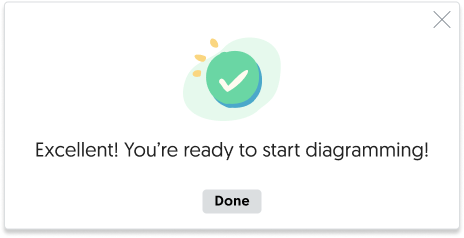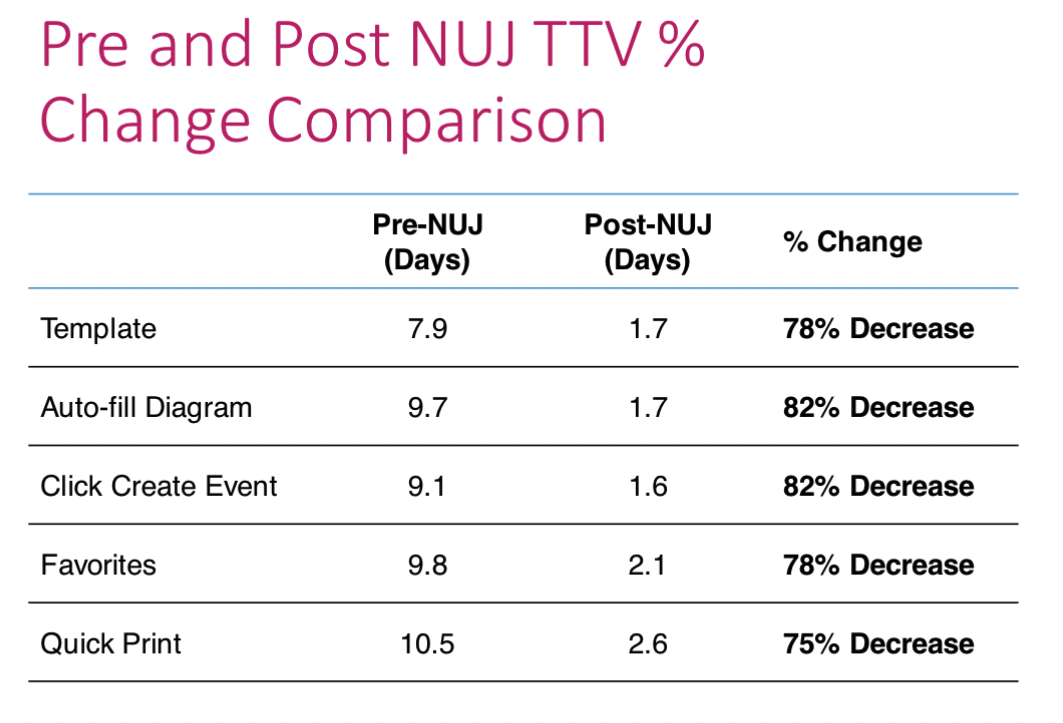Onboarding Experience
The current onboarding process can be an overload of information and new features to new and existing users. Although we may have a lot of articles and guides that may help our users, users need to put a lot of effort in researching the right article to help them because as we do not present our features efficiently or at all, users do not know what exists to look for these resources.
We want to control the learning process of ST information/features to make the product valuable early and to ensure that customers use valuable features with time such as template presets, autofill, etc. Ultimately, we want to trigger an effective targeting of relevant, valuable features to proper users’ at the right time.
collaborators:
Sunny Lee
Emily Sajewski
Nate Thomas
timeline:
Jan - August 2023
How might we build an intuitive learning flow where we meet users at their level of understanding and provide learning opportunities to encourage independent and confident users?
We hope to build a learning flow where navigating & finding information on features is:
intuitive
guided
broadens users’ knowledge of Social Tables
One of the challenges product had for this project was to keep development out of this scope.
Research
We led an intensive discovery phase where we interviewed multiple internal teams (Client Success, Support, Product Trainers, Account Managers, Solutions Consultants, Sales Leaders) in order to identify knowledge and product gaps:
We also analyzed usage patterns of users as well as identified which features are being used the most and least.
From the interviews conducted, we grouped and found consistencies from conversations across teams.
Supplier flow
Planner flow
One of the coolest things we built for this project was building a special type of journey map. We mapped out the current onboarding flow out for each user type. Then we identified the user’s point of contact with our internal teams. This will help determine what types of questions users were asking at which point of the onboarding process.
After a lot of deliberation between product and design and looking at usage percentage of each feature, we distinguished which features needed to be highlighted and which we did not need to.
Final prototype
Ultimately, we created 3 onboarding flows for all users, 4 planner specific flows, and 4 supplier specific flows. Underneath, you can see an example of one of those flows.
Metrics
We first A/B tested our project with ~800 users in order to ensure quality has met expectations.
Suppliers were
36%
more likely to create an event after participating in our new user journey
Planners were
40%
more likely to create an event after participating in our new user journey
We also looked at Time-to-Value (TTV) which refers to the amount of time it takes for a customer to derive value from a product.
When comparing pre and post TTV numbers after our new user journey adoption, we found that TTV decreased, indicating that it takes users less time to figure out features.
Takeaways
-
This project was very content-heavy and there was a lot of last minute cramming to have our content team look over our work. It would have been helpful to get content involved earlier in the process.
-
The challenge of this project was designing something that does not require development. In our initial brainstorm, we had a lot of great ideas but were not able to address them due to our limitation.
We are planning to continue on this work in the next year as MVP #2 when we have more freedom in using dev effort.







